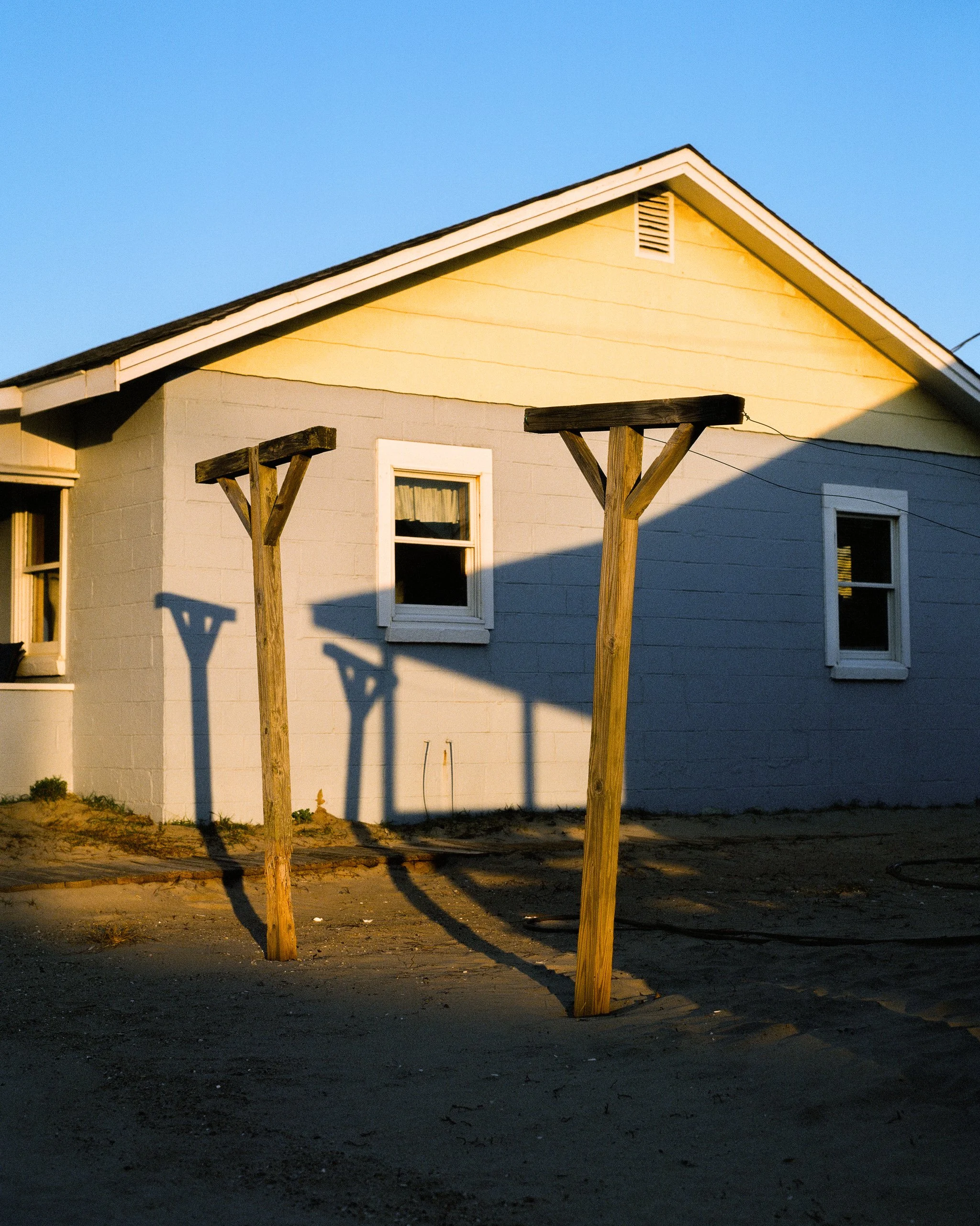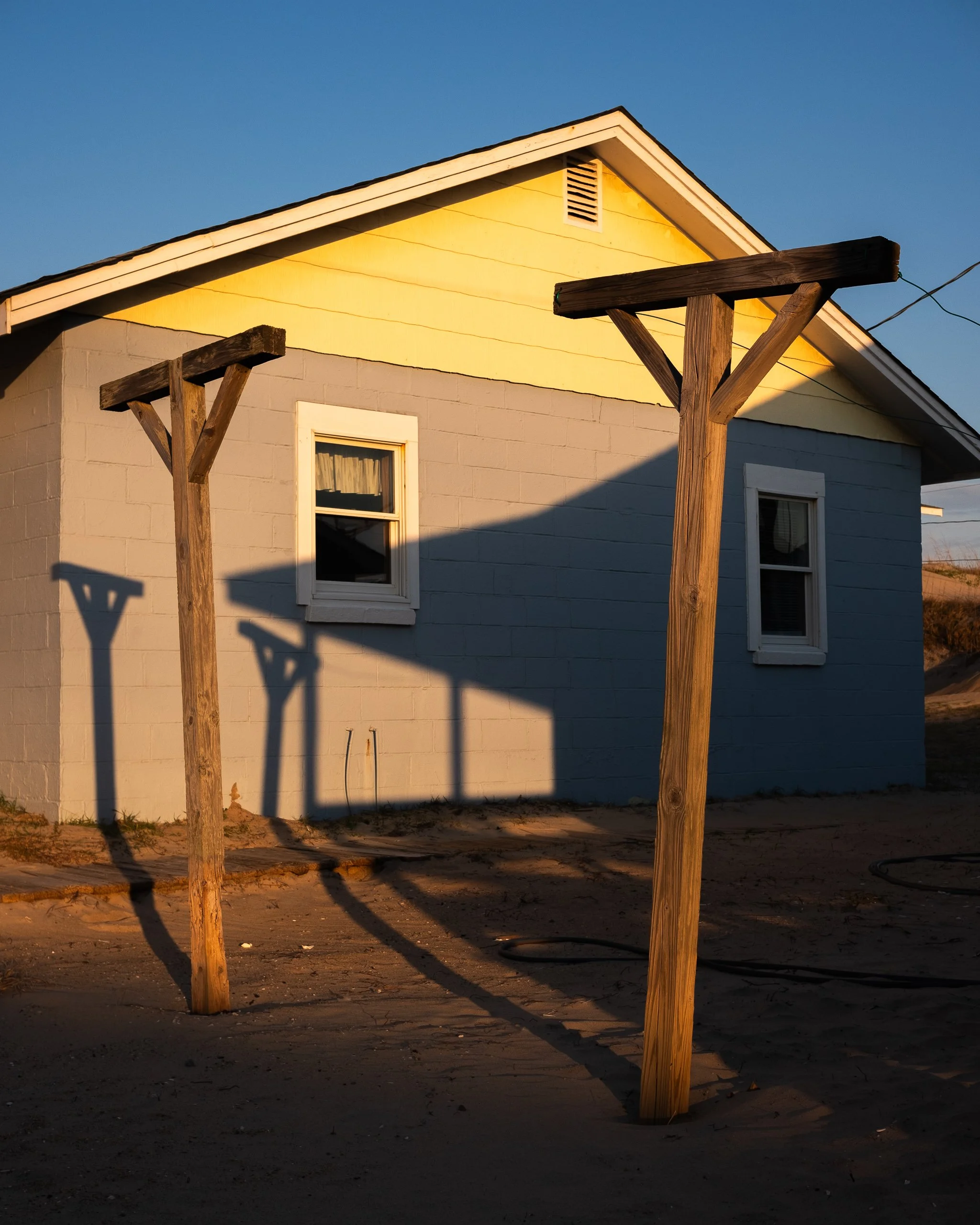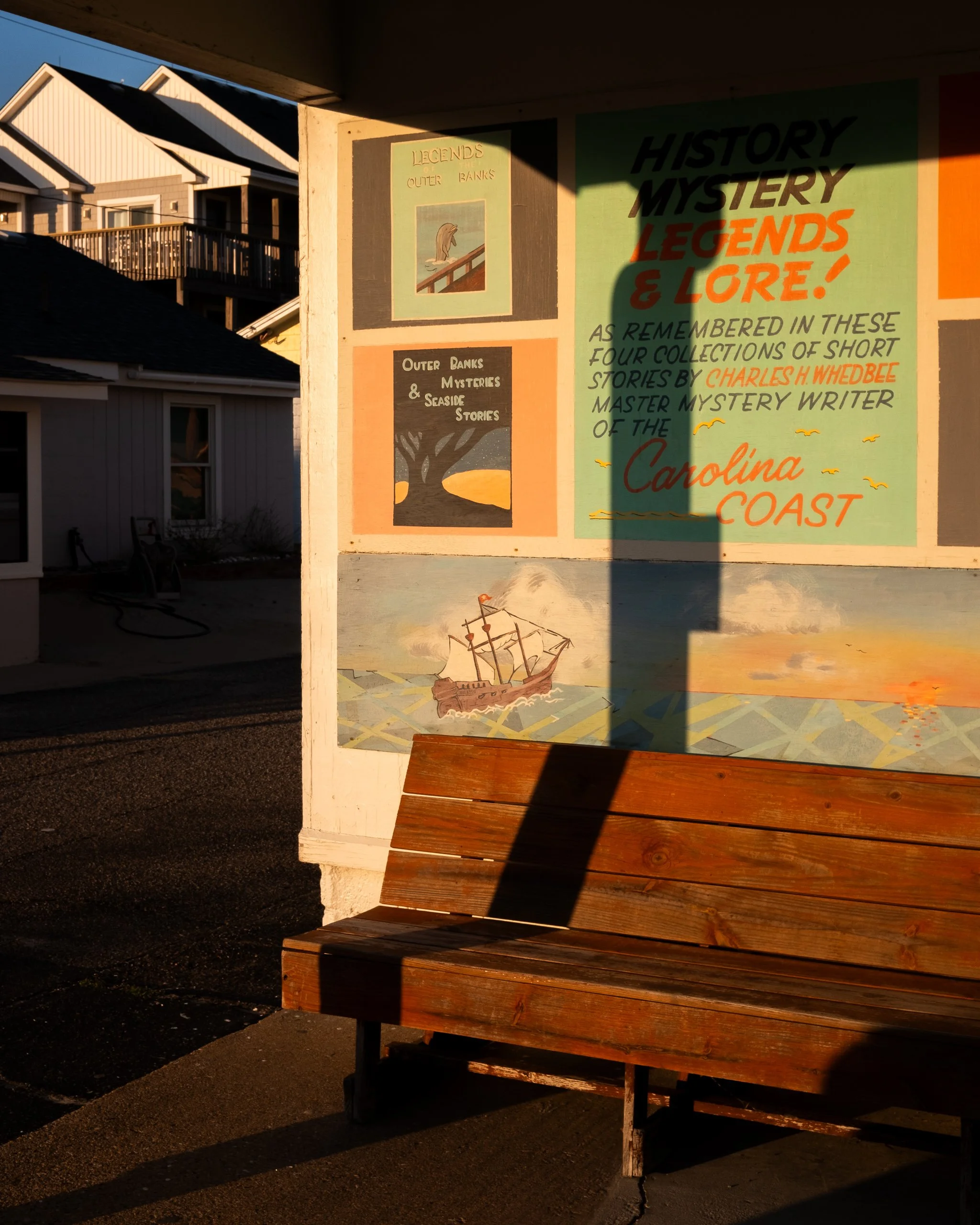Shooting Kodak Ektachrome Slide Film
Outer Banks Sunrise on Kodak Ektachrome 100
Shooting slide film might be the most difficult challenge in film photography. To me, it’s the final boss. In the 10 years I’ve been shooting film, I’ve been able to count the number of shots on slide film I’ve taken and loved on one hand. Until now.
How did I suddenly learn to expose and create photos on slide film that I’m absolutely thrilled with? Surpringly simple - I treated it like digital.
The Sea Foam Motel in Nags Head, North Carolina
The crux of my film photography experience is my reliance on color negative film have amazing latitude, specifically Kodak Portra 400. I can expose for shadows, scan for the midtones and manage to keep both my highlight detail and shadow detail. Lather, rinse, repeat.
So this weekend I left my light meter and any second film camera I might be stashing some Portra 400 in behind, and walked out the door with my Pentax 67, three rolls of Kodak Ektachrome 100… and my digital camera?!
Slide Film vs. Digital
Slide Film
Kodak Ektachrome shot with a Pentax 67
Digital
Digital shot with a Fuji XT-2
Kodak Ektachrome shot with a Pentax 67
Digital shot with a Fuji XT-2
Kodak Ektachrome shot with a Pentax 67
Digital shot with a Fuji XT-2
I had to get out of my mindset when I shoot Portra. With Kodak Ektachrome 100, I have no latitude to play with. Instead of exposing for the shadows (like I do with Portra 400), I want to expose for my highlights and let the shadows fall where they may.
Instead of a lightmeter, I just used my digital camera - in this case a Fuji XT2. I dialed in the exposure, framed the shot and would take those exact settings and compositions right to my Pentax 67. Shot after shot, I was loving everything I was seeing on digital. A lot of shadow play interrupting directly lit scenes. And for me, that directly lit scene is in contrast with a lot of my work. You’ll see the sun in many of my photos. Slide film requires you to compose differently, to use more compositional tools. I can’t take lazy shots directly into the sun for the ooohs and aaaahs of high contrast backlit scenes.
Slide Film Latitude
I’ve already mentioned the lack of latitude with slide film, but how bad is it? I will say, like digital, it is more forgiving in the shadows than it is in the highlights. I can tend to pull up the shadows a bit and get some more detail. On the highlights, they blow out so quickly that all information is lost. This is where bracketing photos came come into play. I hate (HATE) taking the same photo twice. But a situation may arise where you’re not sure, even with the check of digital, where you should land your exposure.
Below are two exposures with a one stop difference. I was afraid that with the reflection being so much darker, I would not have enough detail to make it a quality photo. So I took a section exposure while halving the shutter speed. I lost the highlights very quickly.
Bodie Island Lighthouse on Kodak Ektachrome
1-stop overexposure on Kodak Ektachrome
You can see in the second photo, the reflection detail is fantastic - it pretty much matches the sky in the first photo. But, as we creep up the image the overexposure along the horizon is crippling bad. The slide is a pile of garbage. There is zero information to be saved as it is completely blown out.
This has opened up a new approach for me, and perhaps teach me to appreciate and enjoy digital photography again. But, seeing these massive 6x7 positives, in my hand, is a thing of absolute beauty. This opens up my eyes to other slide films and their characteristics. It’s not exactly affordable, and not something I will shoot often, but I think it brings out a better photograher in me.



















